…and other tales of early Plano settler, William Forman I
Welcome to Fillmore, Texas, home of the Fillmore Wildcats, the Fillmore East Panthers and the Fillmore West Wolves.
Those names don’t seem to roll off the tongue like the actual names of these Plano teams. However, had there not been political opposition around 1850 to naming our tiny settlement after then-U.S. President Millard Fillmore, those names may have become reality.
Two schools of thought about how our city was named have swirled among Plano natives for years. One story claims that Dr. Henry Dye, a local physician, submitted the name of Planno, which he understood to be the Spanish word for “plain,” when the first post office was established here. The extra “n” was eventually dropped.
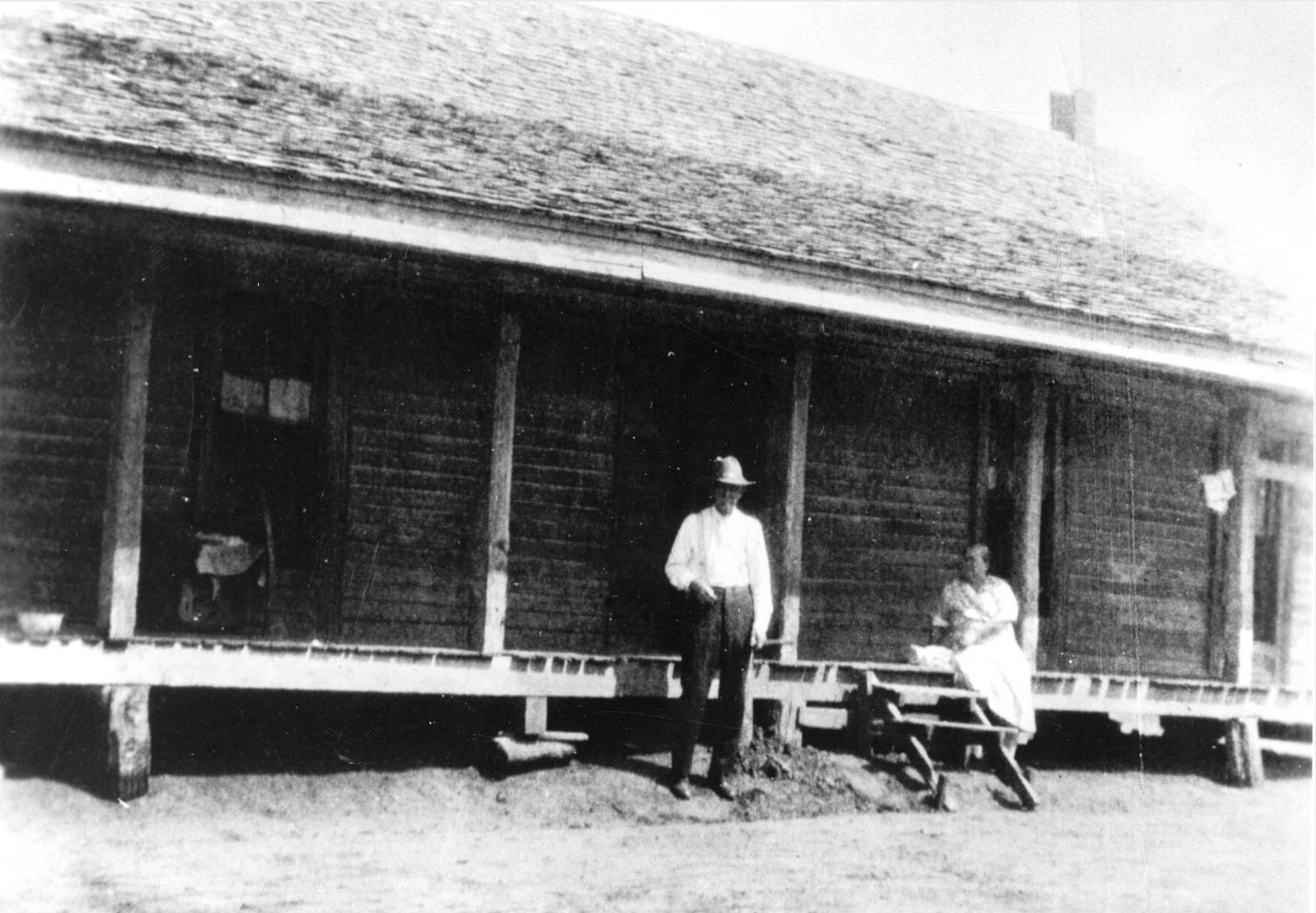
Another belief is that William Forman I, who had moved here with his family from Kentucky and was operating a private post office, submitted the name of Plano for the permanent post office. From his home site on a hill east of the town, he looked out upon a flat prairieland. To add a Spanish flair, he tacked on an “o” to the word “plain” for his submission to the postal service.
No matter which story is factual, the U.S. government approved the name of Plano, and Fillmore’s controversial label was dismissed. William Forman I became the postmaster of the first public Plano post office, established inside his home near the current intersection of Jupiter Road and 14th Street. The rest is history.
Before that, in the mid-1840s, William I and his sons traveled from Kentucky to Texas scouting the area for land. After traveling as far south as Austin, they returned to Kentucky to pack up the family. Around 1850, the Formans settled in Plano, purchasing land from the Salmon Beck family. These parcels of land had once been part of the original Peters Colony that was established by The Republic of Texas for land grants to settlers.
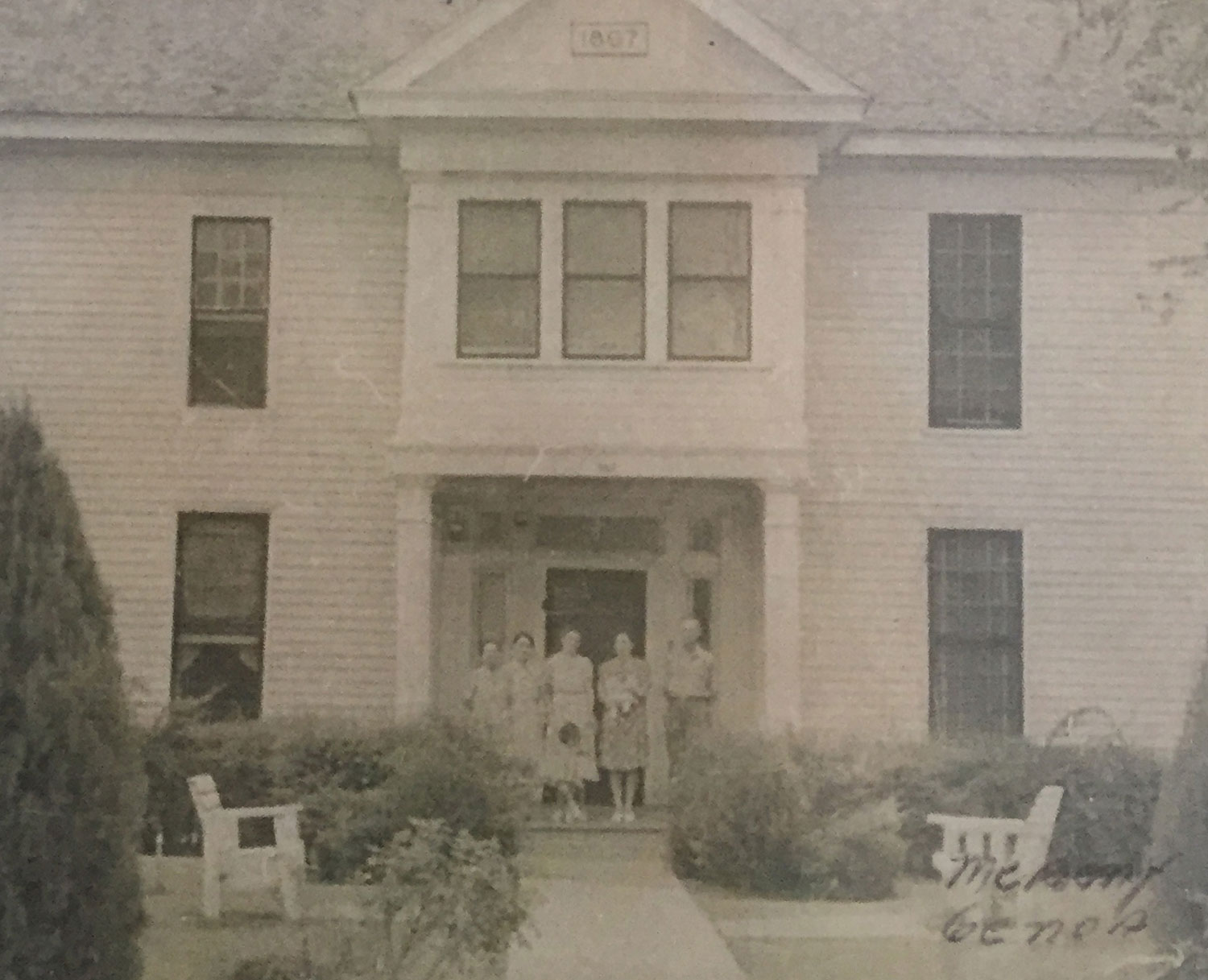
On this land, William I and his family built and operated a gristmill (to grind corn), a saw mill, a distillery, a cooperage (to make barrels and kegs), a store and eventually, a cotton gin. The family dammed up a stream to make a pond needed to provide water for operating the enterprises. William I was also a farmer.
The home of Joseph Forman, the son of William I and his wife, Ruth, still stands at 1617 K Avenue and is the current location of The Wooden Spoon, a Scandinavian gift shop. Ruth was the granddaughter of Cecil Calvert, second Lord of Baltimore, the founder of the Colony of Maryland and the city of Baltimore.
A descendant of William I, Barbara Taylor Bennie currently resides just yards from the location of the original Forman settlement. “Heritage means so much to those of us that have remained in a town where our families were founders,” Barbara remarked. Forman Elementary School, off Shiloh Road in East Plano, is named for William I.
Plano Mutual Cemetery, located at the corner of 18th Street and Jupiter Road, was originally part of the Forman Cemetery, located on the Northwest corner of the farm. William I and three men with adjoining property donated the land for the burial grounds, but only Forman land is currently part of the cemetery.
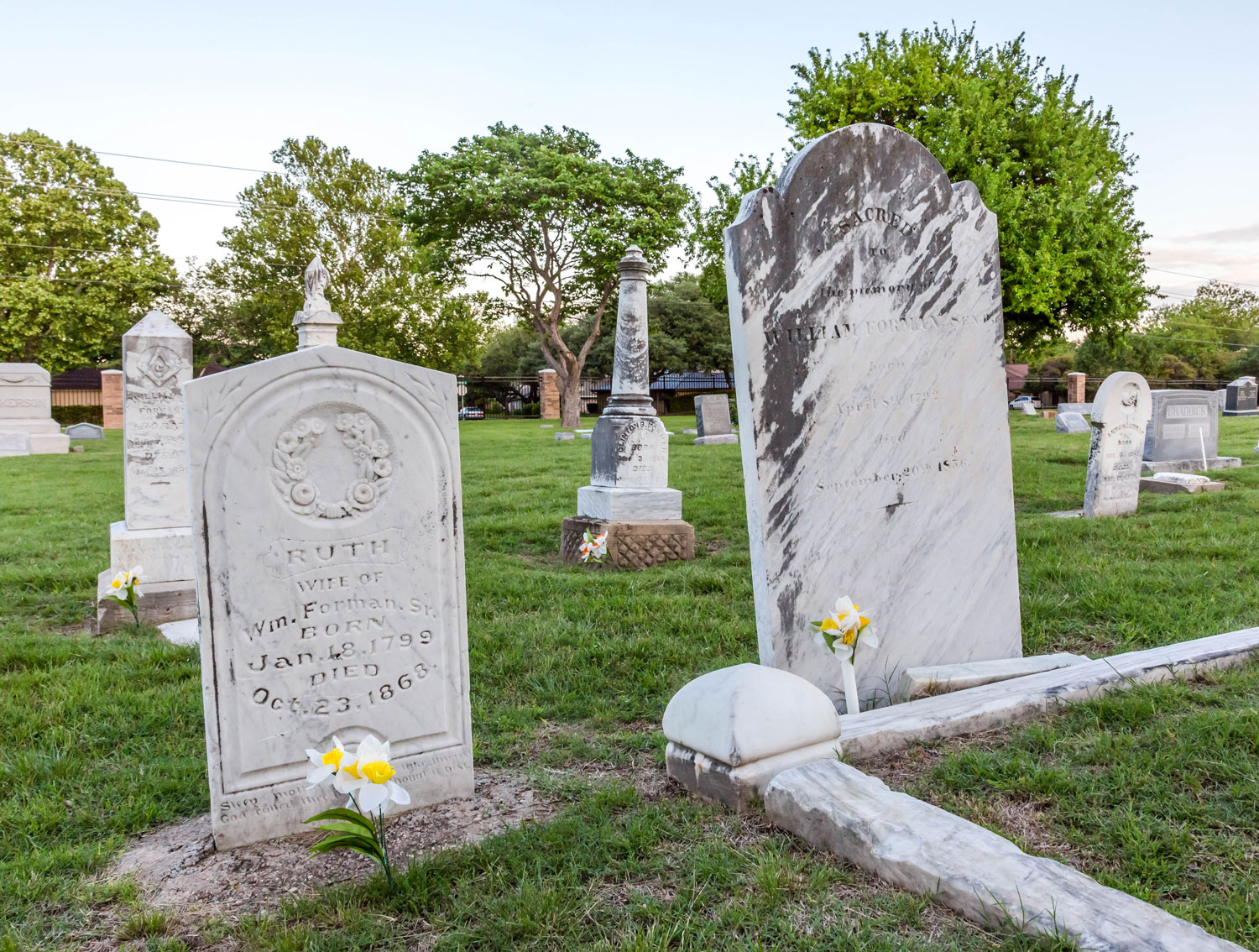
Clifton Forman, the great-great grandson of William I, oversaw the cemetery and its operations for many years prior to his death in 1996. Nathan White, Jr., current Plano Mutual Cemetery, Inc. president, has been instrumental in upgrading the historical cemetery.
Installation of fencing, paved roadways, drainage systems and irrigation systems have helped vitalize the cemetery, which Nathan said previously resembled a pasture. This was possible through the continued sale of burial plots and endowments. Nathan estimates between 4,000-5,000 plots are occupied, but another two acres are still available.
Currently in the heart of our city, the area was once not even near what was regarded as Plano. “The incorporation papers of the cemetery in 1929 showed it was 1¾ miles northeast of Plano,” Nathan said.
The cemetery was a part of the plains William Forman I originally surveyed from his home. “Plain-o,” it is.
On May 6, the public can help restore historic headstones and learn more about early settlers at the Tombstone Mysteries event at Plano Mutual Cemetery.
Register for Tombstone Mysteries >Find books on Plano’s history and speak with local historians at the Plano Genealogy Center at Haggard Library.
Genealogy Center >
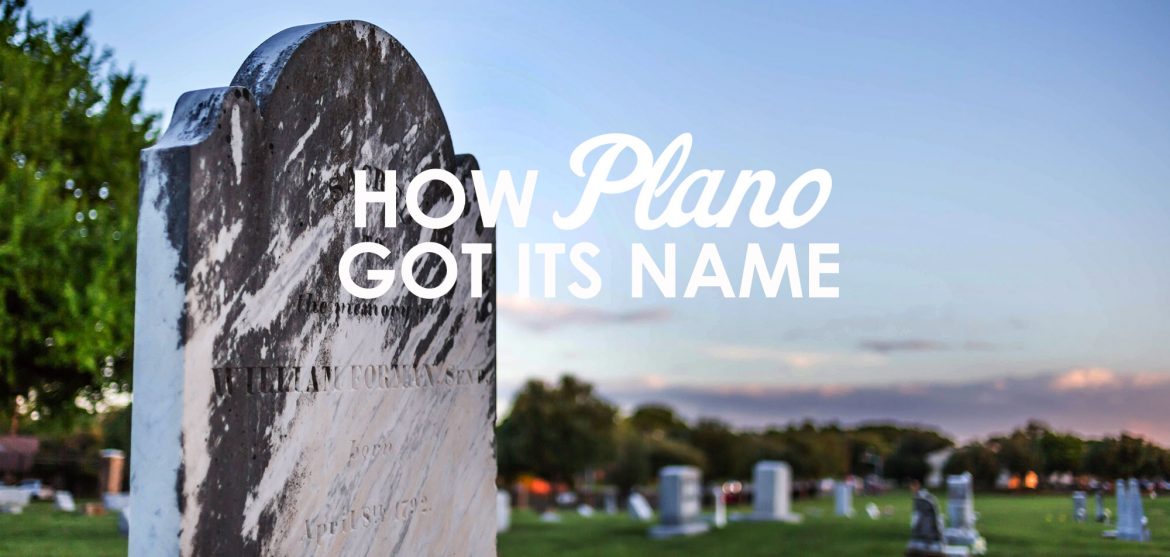
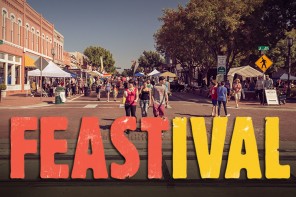


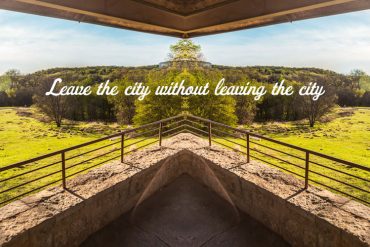
I was looking up Ruth Chenoweth Forman. I’m so glad I did. I find information that is not on the genealogy websites by looking each person up. I’m so proud of my family. They were and are very interesting people. Ruth and William Forman are my 4th great grandparents. Thank you for your article.
Hi Joan,
Nice to meet you, sort of. William and Ruth were my 3rd great grandparents.